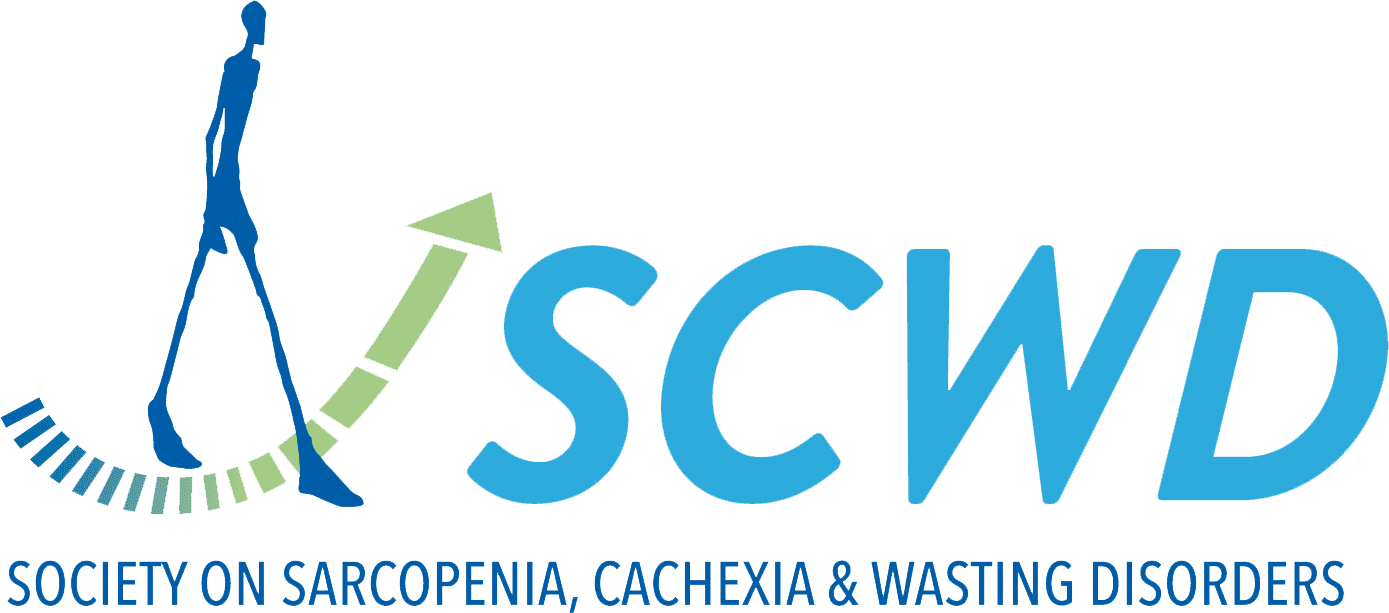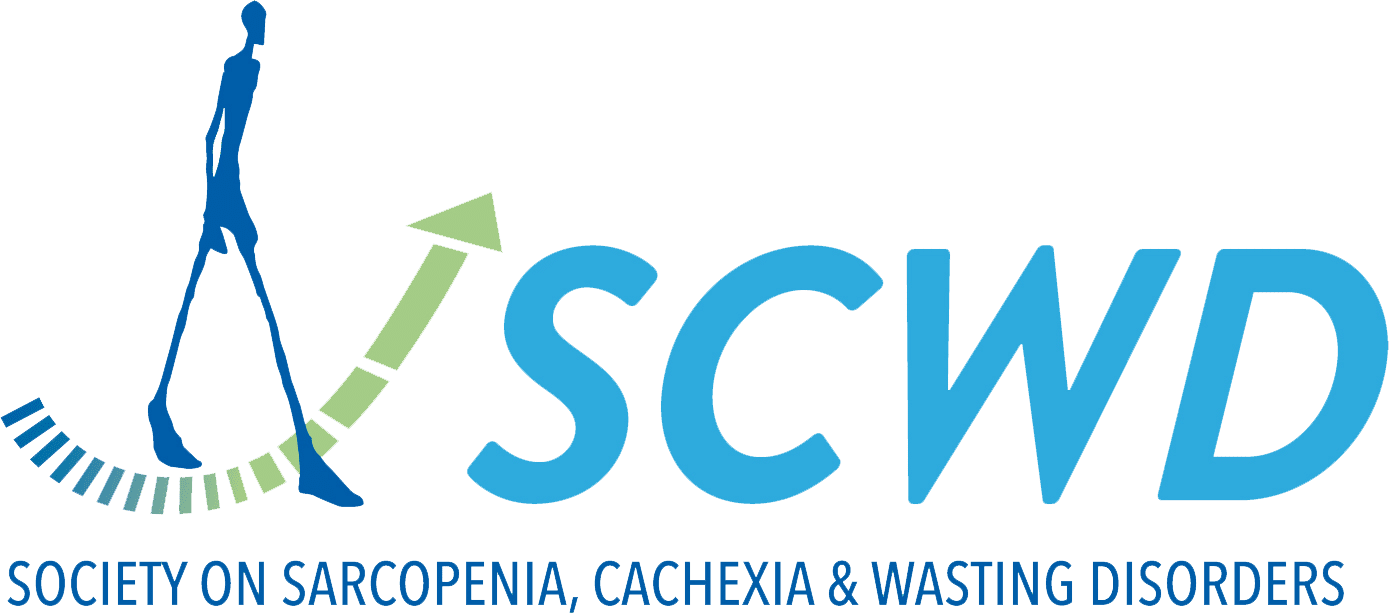SCWD Publications Digest
Staying informed on the latest in cachexia, sarcopenia, and wasting disorders research is essential yet challenging. The SCWD Digest offers concise updates and expert insights into significant studies and developments. We highlight and link directly to leading research, making it easier for healthcare professionals to access and apply groundbreaking findings. Our goal: empower the medical community to advance patient care worldwide efficiently.
Melatonin and Exercise Restore Myogenesis and Mitochondrial Dynamics Deficits Associated With Sarcopenia in iMS-Bmal1 Mice.
Sarcopenia, a condition associated with aging, involves progressive loss of muscle mass, strength, and function, leading to impaired mobility, health, and increased mortality. The underlying mechanisms remain unclear, which limits the development of effective therapeutic interventions. Emerging evidence implicates chronodisruption...
Comprehensive Evaluation of Frailty and Sarcopenia Markers to Predict Survival in Glioblastoma Patients.
Glioblastoma (GBM) is the most common primary malignant brain tumour in adults. Patients with GBM are particularly susceptible to moderate-to-high frail. Frailty status has been associated with the outcome of many types of cancer, including GBM, although there is still...
Transcriptional Intermediary Factor 1γ-Induced Irisin in Skeletal Muscle Attenuates Renal Fibrosis in Diabetic Nephropathy.
Transcriptional intermediary factor 1γ (TIF1γ) is a negative regulator of TGF-β1 signalling and has been associated with patient survival in renal cell carcinoma. However, its role in diabetes mellitus (DM), particularly in diabetic nephropathy (DN), remains unclear. DN is the...
Nutritional Status Predicts Functional Recovery and Adverse Outcomes in Older Adults: A Prospective Cohort Study.
Despite the high prevalence of malnutrition in acutely ill older patients, nutritional status is rarely assessed in emergency departments (EDs), and the impact of nutritional risk screening on functional recovery is poorly understood. This study aimed to investigate the association...
HD6277 Suppresses Muscle Atrophy by Promoting Myogenic Factors and Inhibiting Proteolysis in Aged Mice.
G protein-coupled receptor 40 (GPR40) acts as a modulator of various physiological functions, including glycaemic lowering, anti-inflammation and antioxidative stress, in several tissues. However, the role of GPR40 in skeletal muscles remains unclear. To investigate the roles of muscle GPR40,...
Association of Appendicular Skeletal Muscle Mass Index and Insulin Resistance With Mortality in Multi-Nationwide Cohorts.
Although sarcopenia and insulin resistance are closely related, there is limited evidence regarding how they interact to influence mortality across different population groups. The purpose of this study was to examine the relationship between skeletal muscle mass and insulin resistance...
Comment on 'Impact of Resistance Training and Chicken Intake on Vascular and Muscle Health in Elderly Women' by Fujie et al.
Weight cycling and its effects on muscle mass, sarcopenia and sarcopenic obesity.
The prevalence of obesity is rising around the world, as the number of subjects dieting and experiencing weight loss followed by unintentional weight regain, the so-called weight cycling (WC). In this narrative review we sought to reveal the effects of...
Sarcopenia, Obesity, and Sarcopenic Obesity: Retrospective Audit of Electronic Health Record Documentation versus Automated CT Analysis in 17 646 Patients.
A Novel Research Paradigm for Sarcopenia of Limb Muscles: Lessons From the Perpetually Working Diaphragm's Anti-Aging Mechanisms.
Skeletal muscle function and mass continuously decrease during aging. Most studies target limb muscles owing to their direct impact on mobility and falls risk. The diaphragm (DIA), also a type of skeletal muscle with different phenotype, has received less attention....
Impact of Hospitalization on Sarcopenia, NADPH-Oxidase 2, Oxidative Stress, and Low-Grade Endotoxemia in Elderly Patients.
Hospitalization in older adults often worsens sarcopenia due to prolonged bed rest, poor nutrition, and inactivity. This study examined how hospitalization impacts muscle mass, focusing on oxidative stress and gut-derived endotoxemia. Thirty-one hospitalized older adults were compared with 31 outpatients....
ROS-responsive MnO mesoporous hydrogel to modulate liver-muscle crosstalk and mitigate NAFLD-associated sarcopenia via exosomal miR-582-5p delivery.
The interrelation between non-alcoholic fatty liver disease (NAFLD) and sarcopenia has emerged as a significant concern due to its systemic impact on metabolic health. However, therapeutic approaches targeting the liver-muscle axis remain underdeveloped. Oxidative stress and inflammatory pathways are key...
Prognostic and associative significance of malnutrition in sarcopenia: a systematic review and meta-analysis.
Malnutrition is a common phenomenon, particularly in those at an increased risk of muscle mass and function losses. In this systematic review and meta-analysis, we aimed to explore the association of malnutrition with sarcopenia in middle-aged and older adults and...
Physical exercise for primary sarcopenia: an expert opinion.
Sarcopenia is the age-related loss of skeletal muscle mass and function. Recently, research has focused on defining diagnostic criteria for this condition, now recognized as a muscle disease with a specific identifying code (ICD-10: M62.84). The diagnostic process for sarcopenia...
Ibuprofen, Flurbiprofen or Naproxen Sodium Minimally Influences Musculoskeletal Adaptations to Treadmill Exercise in Rats.
Non-steroidal anti-inflammatory drugs (NSAIDs) may influence musculoskeletal health. The purpose of this study was to compare the effects of three different NSAIDS: naproxen sodium, ibuprofen, flurbiprofen or a placebo on musculoskeletal adaptations in rodents with or without 6 weeks of aerobic...


